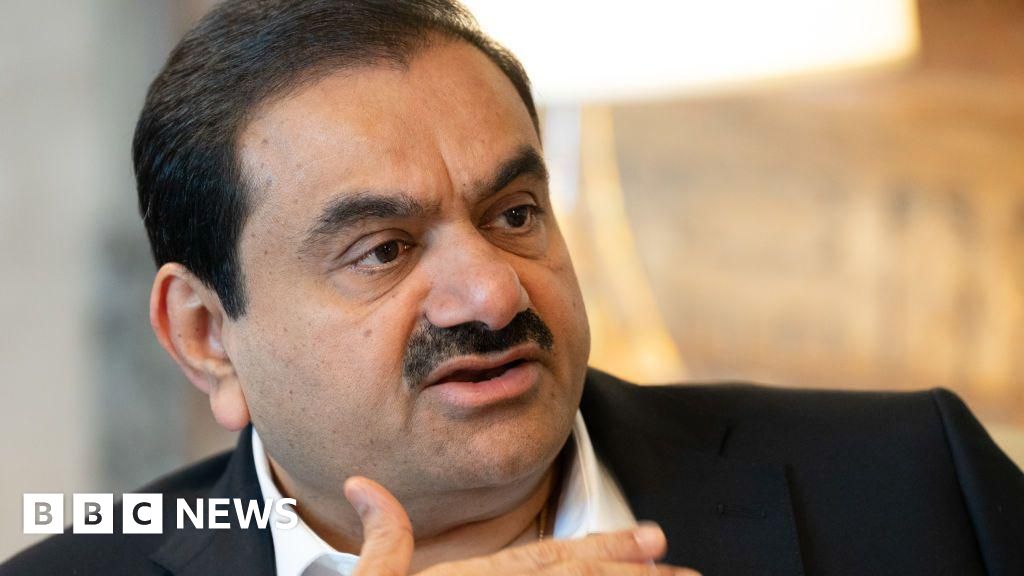ARTICLE AD BOX
The inflation rate increased to 2.3% in October, well below the level at which it peaked two years ago. But you would be wrong to think the cost of living crisis is over.
At energy firm Utilita’s Hampshire call centre on a very cold day earlier this week, I witnessed the cost of living pressures on the frontline.
At 10am, red lights flashed up on a map of Britain as prepayment meters ran out of money, and the firm extended “friendly credit” to avoid a middle-of-the-night cut off.
A mum with kids requiring refrigerated medicines for cancer rang up with her voice cracking because she could not afford her £5 prepayment top-up and asked to be put onto a credit direct debit. An older customer refused to put on their heating or use hot water and cried down the line to the operator.
These harrowing stories come as energy bills rise during what could be a cold winter for the first time since the peak of the energy crisis when Russia invaded Ukraine over two years ago.
Britain and Europe have been very lucky with two mild winters since the energy crisis.
But now it's getting colder at a time when most extra government support has been rolled back.
It is a clear example of why inflation is not quite the same as the cost of living.
The energy inflation spike is behind us, even with today’s bump back up. The inflation rate is not going back up to double digits again. But the cost of living crisis might be about to hit harder than ever.
There was no surprise that the rate of inflation jumped again, reflecting the recent hike in the energy price cap.
The new news today is that other underlying measures of inflation, for example services, and “core” inflation, both of which are watched closely by the Bank of England as an indication of domestic price pressures, both rose slightly and by more than expected.
It comes as an increasing number of firms warn that the tax rises and the higher minimum wage announced in the Budget could lead them to increase prices for customers.
In January, Donald Trump, comes into power as the US president, threating a blanket 20% tariff on all imports into the US.
Putting this all together and inflation could be on the up into spring next year, not far off 3%.
But the path of inflation going forward is unusually uncertain and Bank of England officials, who decide whether to raise or cut interest rates, are divided.
Four of the nine-strong Monetary Policy committee on Tuesday said it was was not clear whether prices rises will accelerate or slow in the coming months. Much depends, as numerous members of the Bank of England have suggested, on the pass through of Budget measures into prices and wages.
Bank of England governor Andrew Bailey reiterated earlier in the week that future interest rate falls would be “gradual”.
This is likely to mean a cut every other Bank of England interest rate meeting - so nothing next month, but then a further cut in early February.
If trends continue as expected, there will perhaps be a pause in March. By May, much more data will be available about what has happened with wages and prices since October’s Budget changes.
To be clear, recent developments have not fundamentally altered the expectation of a series of rate cuts next year, but perhaps by the end of 2025 rates will be around 4% from their current 4.75%, rather than previous expectations of them being lower.
Beyond this, there is a chance that if the geopolitical situation calms, that over the course of this year, gas prices fall significantly. That is a very big “if”, but it is weighing on the minds of energy suppliers.
But whatever happens, it is going to be a very tough winter if my afternoon in that Hampshire call centre is anything to go by.

 1 month ago
10
1 month ago
10








 English (US) ·
English (US) ·